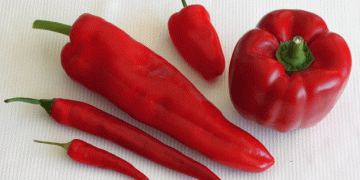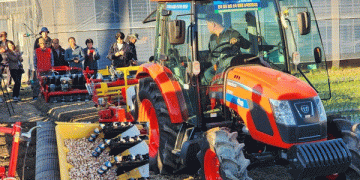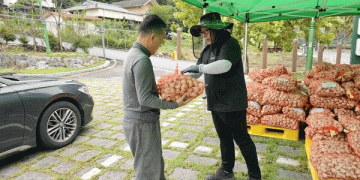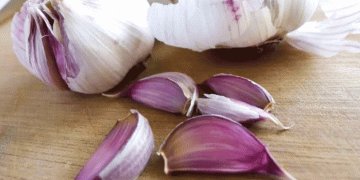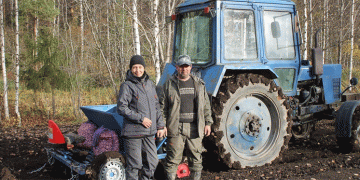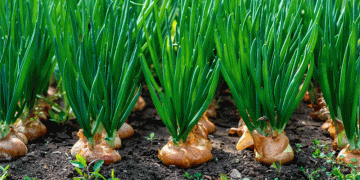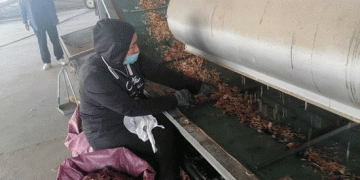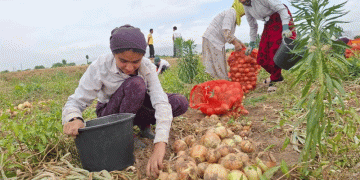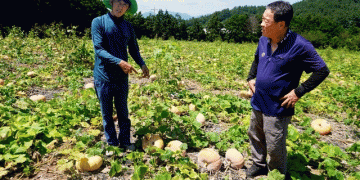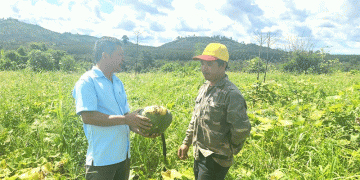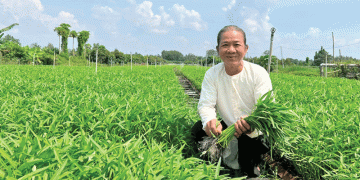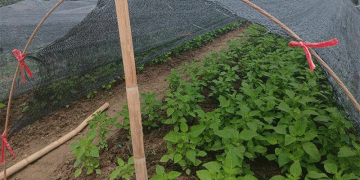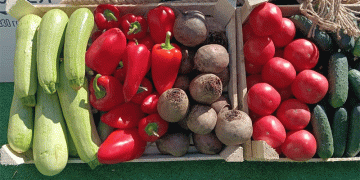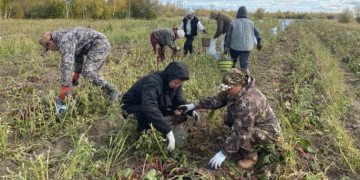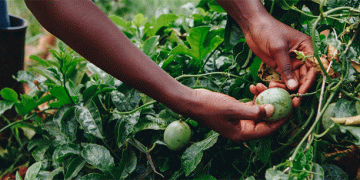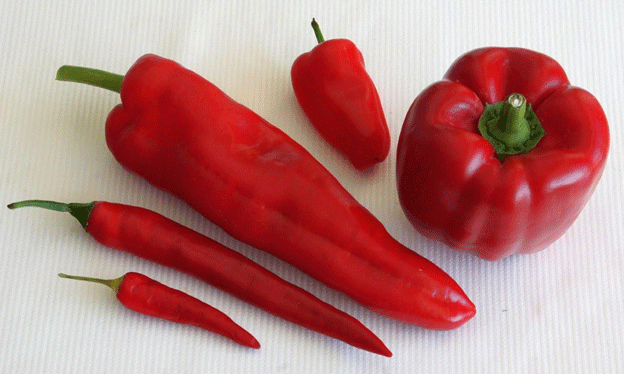Almería, Spain, Europe’s leading producer of greenhouse-grown peppers, is facing a serious phytosanitary threat: the Pepper Whitefly-borne Vein Yellows Virus (PeWBVYV). Identified in January 2024, this virus marks the first confirmed case of a polerovirus infecting peppers through whitefly transmission—a significant deviation from the aphid-borne viruses traditionally observed in this crop.
The vector responsible is the whitefly species Bemisia tabaci, an aggressive and widespread pest already known for transmitting several plant viruses in other crops. The emergence of PeWBVYV raises concerns due to:
- Its rapid spread potential
- Lack of existing resistance in commercial pepper varieties
- Limited awareness and diagnostic capacity among growers
Infection Data and Symptoms
According to a study published in Phytoma, one of Spain’s leading plant health journals, surveys conducted in early 2024 in protected pepper greenhouses showed:
- 46% of symptomatic samples tested positive for PeWBVYV
- These were originally suspected to be infected with Pepper Vein Yellows Virus (PeVYV), a related virus known in the region since the early 2010s
Observed symptoms include:
- Yellowing between leaf veins
- Stunted growth due to short internodes
- Leaf curling
- Color distortions in ripened fruit, reducing commercial quality
These symptoms closely mimic nutrient deficiencies or other viral infections, complicating early diagnosis.
Understanding the Virus: Taxonomy and Spread
PeWBVYV is a newly documented species within the Polerovirus genus, which now includes over 31 known species. Poleroviruses are single-stranded RNA viruses commonly affecting crops such as sugar beets, potatoes, lettuce, and cereals. However, this is the first major detection in capsicum (pepper) species via whitefly vectors.
Bemisia tabaci is particularly challenging to control in greenhouse environments due to its resistance to many insecticides and rapid reproduction cycle, with up to 12 generations per year in warm climates.
Economic Risks and Response Measures
Almería produces approximately 700,000 tons of peppers annually, with over 50% exported to EU markets. A widespread outbreak of PeWBVYV could:
- Reduce yields through impaired plant development
- Lower fruit quality and marketability
- Increase pesticide and virus-testing costs
Experts recommend an integrated pest management (IPM) strategy as the first line of defense:
- Regular monitoring of whitefly populations using sticky traps
- Use of biological control agents like Encarsia formosa
- Strengthening sanitation practices in greenhouses
- Investigating resistant pepper varieties or rootstocks
Research efforts are now underway to sequence the virus genome, develop rapid diagnostic tools, and test antiviral compounds under greenhouse conditions.
The detection of PeWBVYV in Almería marks a critical development in pepper disease management, requiring urgent attention from growers, agronomists, and plant health authorities. With whiteflies as an emerging viral vector in solanaceous crops, proactive measures are essential to contain its spread and minimize economic damage. Collaboration between farmers, scientists, and regulatory agencies will be key to addressing this new threat in time.
